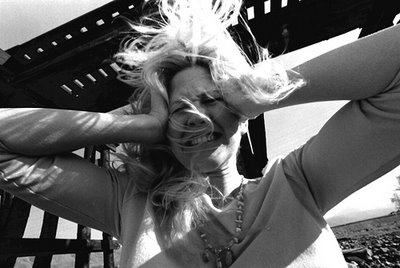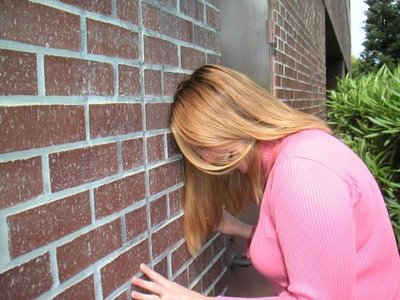I wish I'd had a Digital Camera and a Camcorder back then
I wish I'd had a Digital Camera and a Camcorder back then
I wish I'd had a Digital Camera and a Camcorder all those years ago when I lived in Germiston.
I could have made records of my childhood, of the people I knew - the characters that lived there. I could have taken a photographic record of the tenements that were knocked down in Coll Street, the Tenements in Forge Street that came down. I could have taken photos of the backcourts before they 'tarted' them up. I remember two types of backcourt from Glasgow - the ones that had no grass growing in them, just a load of mud and puddles and the outhouses ( middens washhouses and, although I never saw any, I believe there were air raid shelters).
The backcourts in Germiston were a bit nicer; roughly partitioned off, tenement to tenement by metal pailings. I say roughly because there were glaring gaps in between some of them which allowed kids to go from their own 'bit' into a neighbouring or rival 'bit' dependant upon how friendly you were with the kids there. These back courts had long lush grass (for making 'traps' and hiding in), honeysuckle, seed-blowing thistles in August, and other wild plantlife, which just as pretty in a different way, was not exactly along the lines of the hollyhocks in an english country garden. There would be a stone midden, all with a very distinct smell of potato peelings and fire ashes. I hear the backcourts dont grow as wild now.
If I'd had a camcorder back then I could have recorded the occasional train which exited the Gas Works into the Gemmy (it must have been doing some turning manouevre, as this piece of track went nowhere). Later I could have looked back at the recording, shown it to someone knowledgeable and learned a little more of what went on in there.
I could have taken photos of the old style lamp posts in Forge Street, which were so easy to climb. Inside the tenements my photography could capture the atmosphere of a coal fire, but really the camcorder would have been necessary to get the 'CRACK' sounds that went with it, or the roar up the lum when you created a vacuum across the hearth with a newspaper to make it light.
The old black range-cooker, on the other side of the chimney would have been a challenge to photograph as the kitchen was fairly dark anyway.
I could have taken a photograph of one of the tower blocks in Coll Place (the one at the top of Coll Street hill) before it was demolished. I reckon I would have needed three types of digital camera - a compact type, just for snapping away merrily at anything and everything - a bridge type for those moments that were a wee bit more considered and an SLR for taking night shots ( because they have manual focus ).
The things I really would have liked to get a photographic or video record of, which are now long gone: the tardis style Dr Who police box that stood in Royston Road in a corner of Glenconner Park. Just beyond that over the railway bridge on Royston Road was an abandoned cottage. At the top of Forge Street on the site of what is now St Gilberts School, and on the corner of Coll Place, there was what could easily be described as a farmhouse, beige in colour, and if I recall with a stone external staircase going up one side of the building - was that anything to do with the piggery. I also have a vague memory of houses over on Royston Road, up on the Gemmy which burnt down, these could have been prefabs. Anyone I speak to doesn't seem to have any memory of these buildings. Do You? With that in mind I urge you to buy yourself a camcorder video recorder or digital camera and get documenting Your grandchildren will love you for it.
While you are out snapping away be prepared for "Hey you, ur you fae ra social?" and Haw, Jimmy, ye waant tae take ma fucken fotie?" Nostalgia aint what it used to be!





